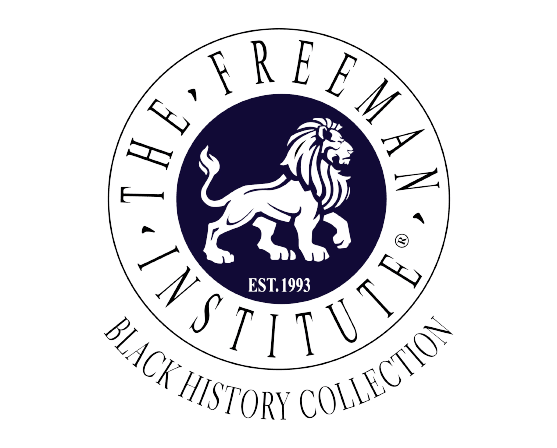
Dr. Charles Richard Drew (June 3, 1904 -- April 1, 1950)

Dr. Charles Richard Drew (June 3, 1904 -- April 1, 1950) was an American physician and medical researcher. He researched in the field of blood transfusions, developing improved techniques for blood storage, and applied his expert knowledge in developing large-scale blood banks early in World War II. He protested against the practice of racial segregation in the donation of blood from donors of different races since it lacked scientific foundation. In 1943, Drew's distinction in his profession was recognized when he became the first African American surgeon to serve as an examiner on the American Board of Surgery. Drew received a fellowship from Howard University's Medical School, enabling him to
study at Columbia University College of Physicians and Surgeons. While at Columbia University, Dr. Drew worked with the renowned Dr. Allen Whipple and with Dr. John Scudder on the problem of blood storage. The science and practice of blood transfusion had developed from early work including preserving whole blood in refrigerated storage in World War I and the practice of having hospital “blood banks” in the mid-1930s. Drew focused his own work[1] on the challenge of separating and storing blood components, particularly blood plasma, as this might extend storage periods. Dr. Drew earned his Doctor of Medical Science degree from Columbia University in 1940, with a doctoral thesis under the title Banked Blood: A Study in Blood Preservation. This collection owns two of the Drew sculptures.
Send a Message
Contact Us
Office location
Gambrills, MarylandGive us a call
(410) 991-9718Send us an email
[email protected]Other website
freemaninstitute.com/Collectmain.htm